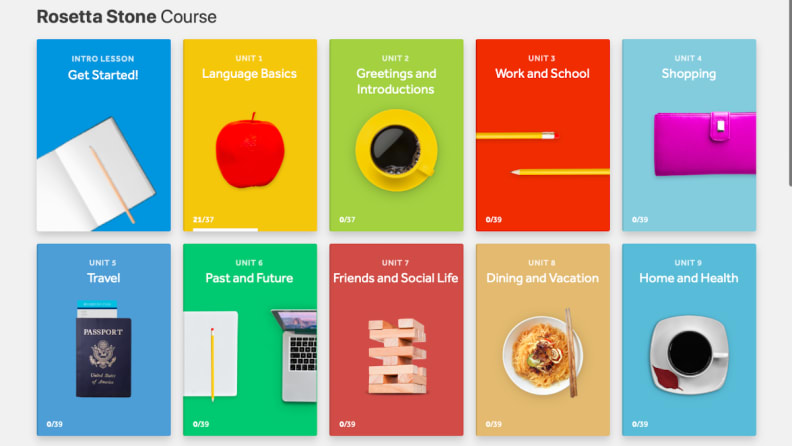

Rosetta Stone believes practising pronunciation is a vital component of every language lesson. Language learners need to develop an ear for the cadence of Swedish and get comfortable making mistakes and seeking out feedback. This rather extensive inventory of vowels makes for as many as 17 vowel phonemes, which can be a challenge for beginners looking to master Swedish pronunciation. Swedish uses the Latin alphabet, but it has nine vowels that include some additional letters like å, ä, and ö. Stressed syllables in Swedish carry one of two tones, and it’s this pronunciation pattern that gives Swedish its characteristic sound. There are two pitch patterns in Swedish that are used to differentiate between words that would otherwise be identical. Swedish is often described as a melodic language, probably due to the language’s pitch accent. This emphasises deeper learning rather than rote memorisation and helps learners make more meaningful connections to the Swedish language.

This method, referred to as Dynamic Immersion®, allows learners to build upon what’s been covered in previous lessons to introduce new concepts and vocabulary. Rosetta Stone offers bite-sized Swedish lessons that introduce you to common Swedish language words and conversational phrases gradually in an immersive environment rich with audio and visual cues. Once you have a familiarity with the Swedish language that gets beyond English to Swedish translations, you’ll discover some of the more challenging aspects of Swedish grammar and pronunciation become second nature with daily practise. Like other languages, Swedish does have some challenging aspects, including long compound words, perplexing strings of vowels, and gendered nouns.


Words like delikat may seem to indicate something is fragile, but in Swedish it communicates delectable or delicious. Watch out, however, for false cognates in Swedish which sound and are spelt similarly but do not have the same meaning. Here are just a few Swedish cognates English speakers will find comfortingly familiar. While the Swedish language does have significant differences in pronunciation, thanks to their Germanic roots, Swedish and English share thousands of cognates that have similar sounds and meanings. Swedish grammar and sentence structure are similar to English, with the added benefit of having fewer irregularities. Swedish is often referred to as the most accessible Scandinavian language for English speakers, and there’s certainly truth to that moniker. With over twenty-five years of experience building successful language learning programs, Rosetta Stone helps you start your language learning journey by focusing on an immersive learning environment that prepares Swedish language learners to thrive in conversations that don’t follow a script. It’s about stepping into another country and its culture through the connection of language. Rosetta Stone understands that learning a language is about more than knowing the words and the rules that mandate how they are put together.
ROSETTA STONE FULL VERSION TURKISH DOWNLOAD FREE
What’s not to love about a country where free education and healthcare are coupled with high salaries and a public right to outdoor access that opens the door to Sweden’s gorgeous alpine lakes and fairytale forests? Sweden is also an increasingly popular travel destination, especially for people looking to study abroad, and the language is in high demand. Swedish is the most widely-spoken of the Scandinavian languages, and Swedish culture enjoys notoriety around the world from the aesthetically clean designs of IKEA and H&M fashion to music superstars such as ABBA and Roxette. Linguists say learning the Swedish language can open the door to understanding other Scandinavian languages like Danish and Norwegian. The Swedish language is not only the official language of Sweden but is also widely-spoken in Finland where it is also an official language alongside Finnish. Swedish is studied as a second language by over 40,000 language learners around the world. Swedish (svenska) is a North Germanic language spoken by more than 10 million people in Sweden and Finland, but its influence has grown well beyond the country’s Scandinavian borders.


 0 kommentar(er)
0 kommentar(er)
